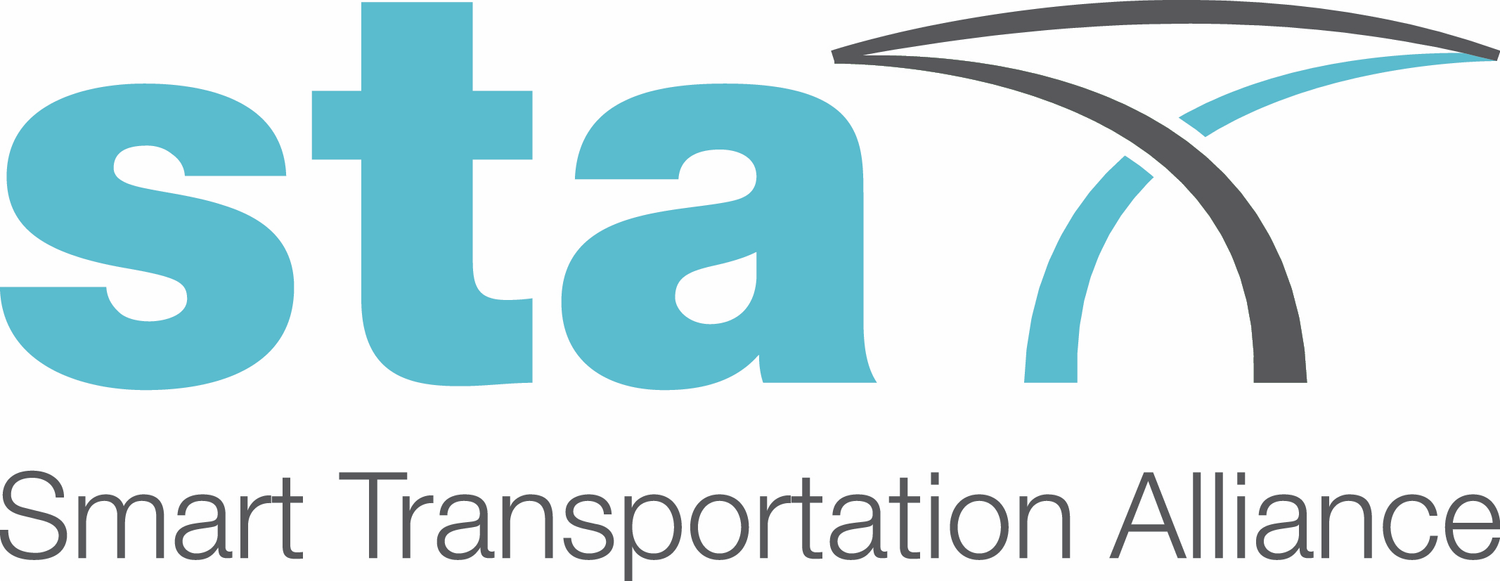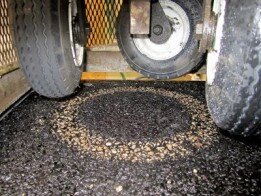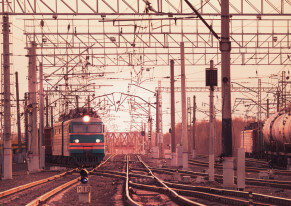STA Newsletter
Issue # March 2018
A bi-monthly online journal providing news and background about activities undertaken by STA with a view to improving the methods, technologies and standards associated to transportation infrastructures.
Environmental impact of vehicle restraint systems – Discussion Paper 1/2018 published
26 March 2018
Due to the consumption of large amounts of energy and the production of high levels of CO2 – equivalent emissions, the transportation and construction sectors have not been spared by the ‘sustainability’ wave. As a result, it is fundamental to consider environmental impacts when designing new solutions for road infrastructures and for construction of new road networks.
Authored by Patrick Le Pense (ArcelorMittal Europe) and Claudia Cofano (CRM Group – AC&CS), this Discussion Paper describes the potential of EPD® for the evaluation of the environmental impact of vehicle restraint systems.
STA Technical Committee on Smart Mobility, TC1, launches a survey on Smart Infrastructure and Smart Mobility
16 March 2018
The STA Technical Committee on Smart Mobility, TC1, chaired by Dr Elena de la Peña (Asociación Española de la Carretera, AEC, Spain), has launched a survey to understand the perception of our readers on Smart Infrastructures, and on the future of Smart Cities.
‘Personal service: how crowdsourcing the Physical Internet in your neighbourhood can be considered smart mobility innovation’, an article by STA Chairman José F. Papí
20 March 2018
Logistics require centralised planning and thinking. There is much research focusing on learning from ant colony and beehive analysis in order to create learning systems for logistics operations. But there is a limit on how much we can learn from ants and bees. Might it not be better to design systems to help people interact better and smarter? This is the philosophy behind crowd-sourced logistics.
‘Smart thinking, smart practice: An interactive exchange of ideas and best practices in the field of Smart Transportation Infrastructures’, an Event Review on the 2017 STA Annual Conference & Innovation Awards held in Brussels (Belgium)
20 March 2018
The Smart Transportation Alliance gathered 50+ experts at its annual landmark event, the 2017 STA Annual Conference & Innovation Awards, held in Brussels on 28 November 2017. The event attracted specialists from the areas of finance, private industry, academia and government for an exchange of ideas and best practices about current and future Smart Transportation Infrastructures.
STA, present at the 2018 edition of Intertraffic Amsterdam (20-23 March 2018)
During the 2018 edition of Amsterdam Intertraffic, held on 20-23 March 2018, several STA representatives took part in several activities in collaboration with H3B Media and in the context of the frontierCities2 R&D project.
“
The world needs intelligent infrastructures that are able to process the vast amount of information collected in real time and provide the most effective transportation services to businesses and citizens alike.
”
NEWS OF INTEREST
Finding thinner strength
Preservation is critical to maintain and operate a cost-effective and safe pavement infrastructure.
Wear from traffic results in loss of skid resistance accompanied or followed by cracking, penetration of water into the pavement structure, and concomitant deterioration of the pavement. Loss of skid resistance is especially significant from a safety point of view, because a pavement with low skid resistance can increase the braking time for vehicles. In addition to remediating these serious issues, timely pavement preservation can increase the serviceable life of a pavement. Therefore, agencies often spend significant resources on maintenance.
Cutting ribbons on old roads
The former director at the Department for Transport and current director of the RAC Foundation (UK) argues that highway maintenance still does not get the support it deserves.
A model for optimising the use of local trains
The University of Seville (Spain) has participated in a project dedicated to optimising both planning and transport systems. David Canca (University of Seville) and Eva Barrena (University Pablo de Olavide) led the study in which they considered the importance of where to locate the yards where local trains are kept overnight.
GE to upgrade Channel Tunnel electrification
Australia needs to change the way it assesses potential infrastructure projects, to ensure that governments can better understand which road and rail projects are worth building.









